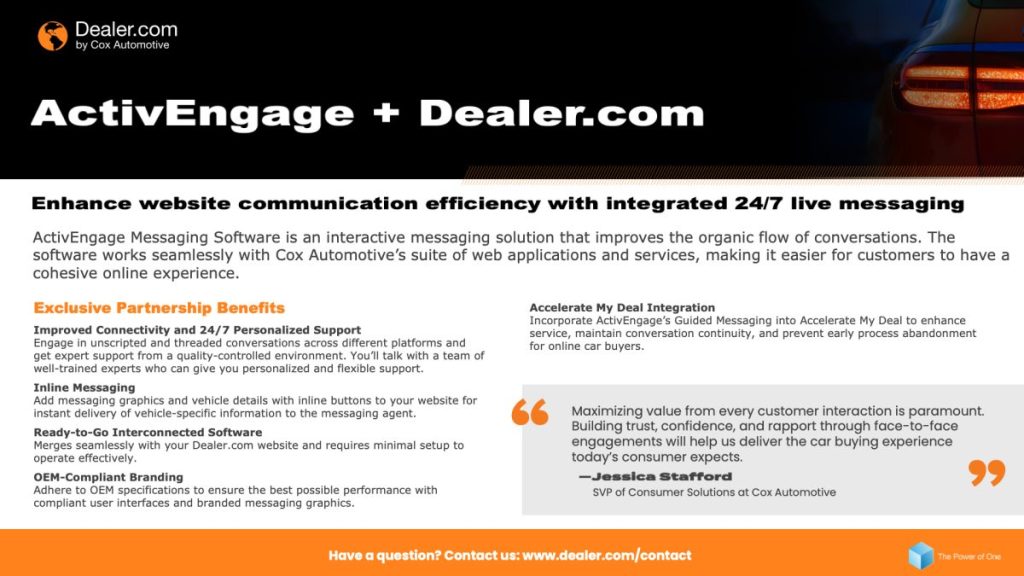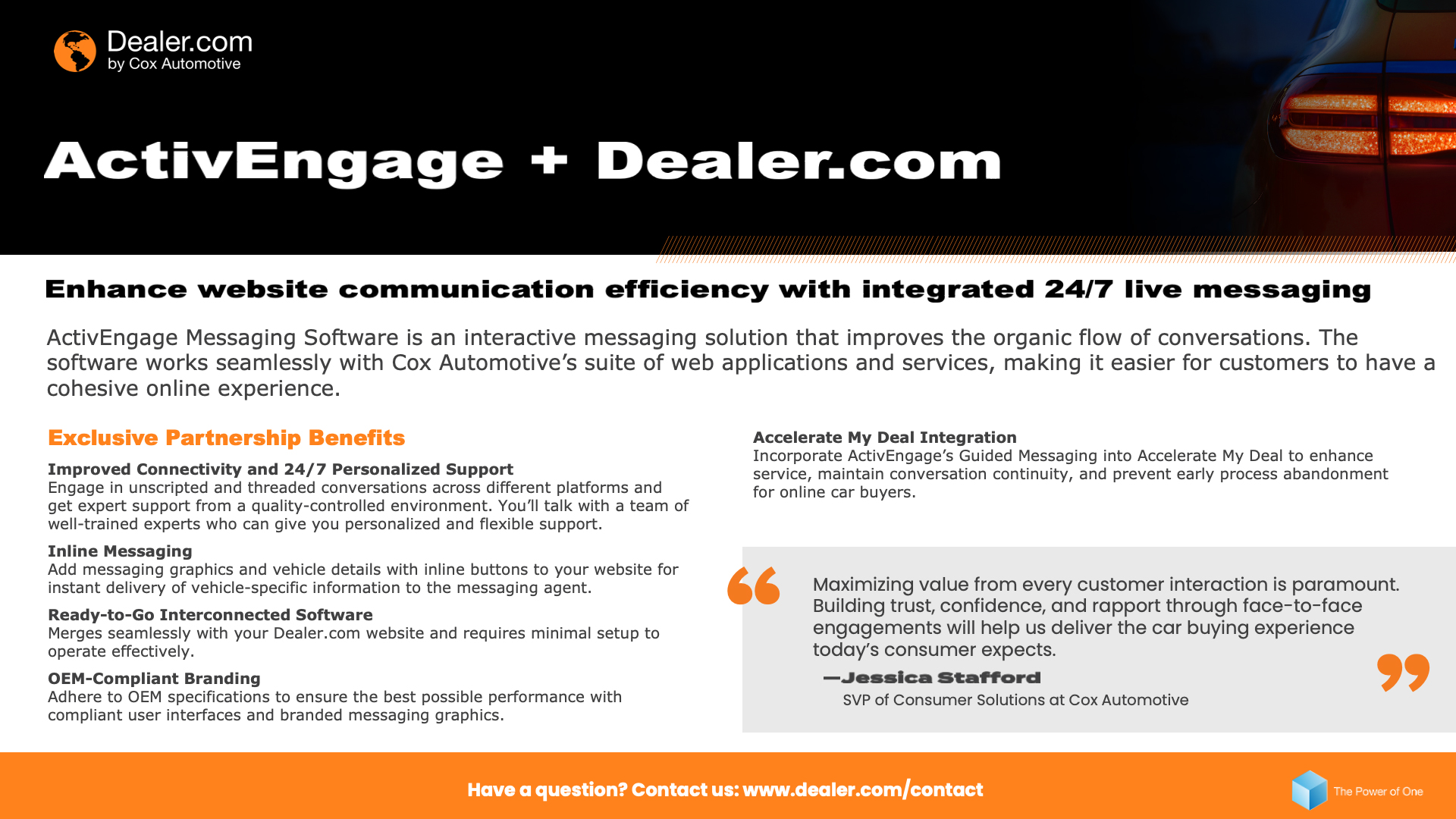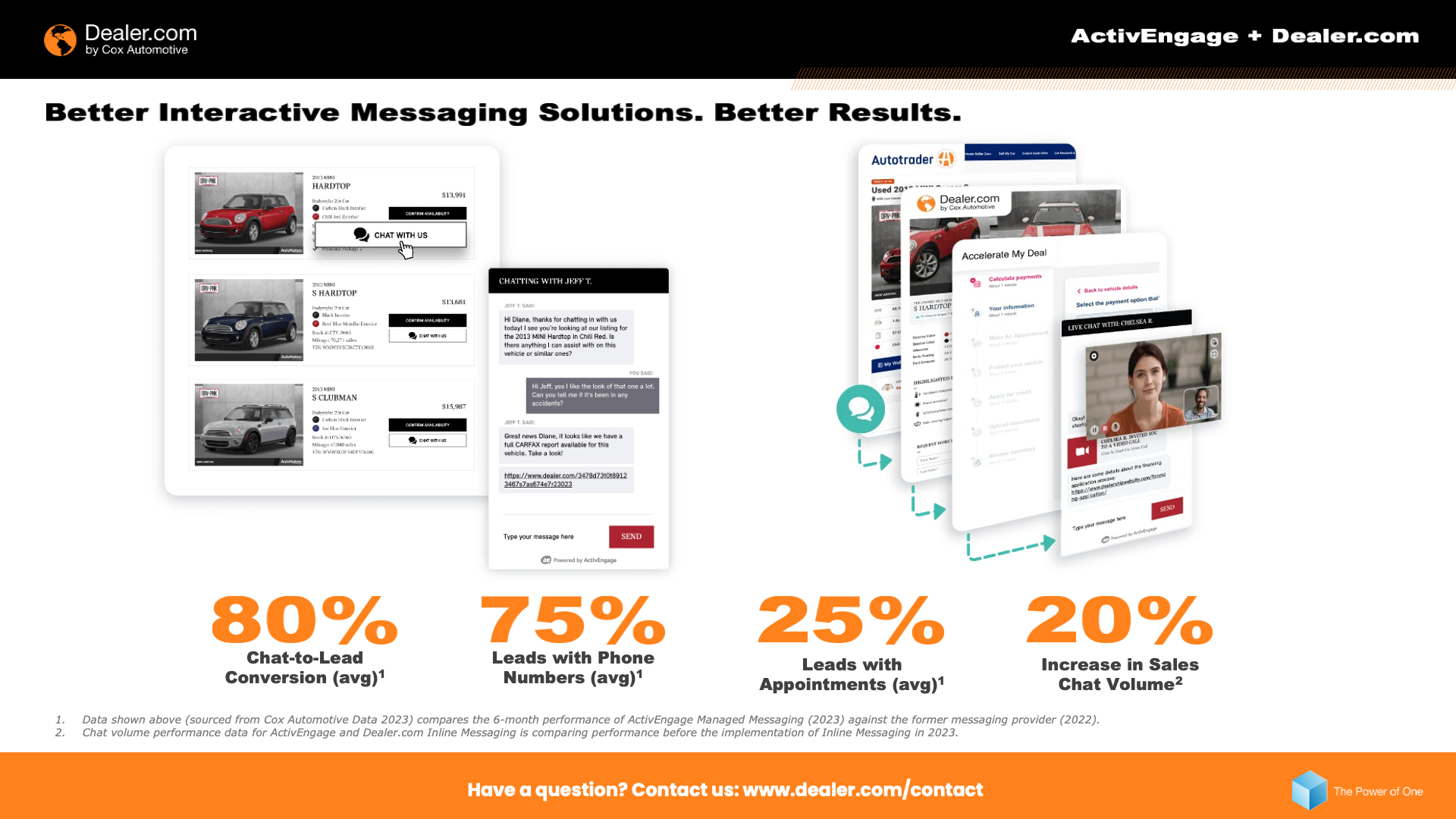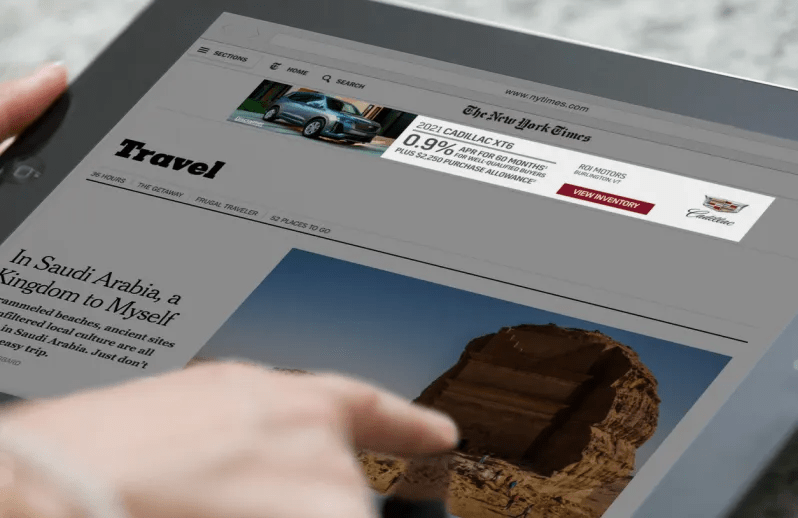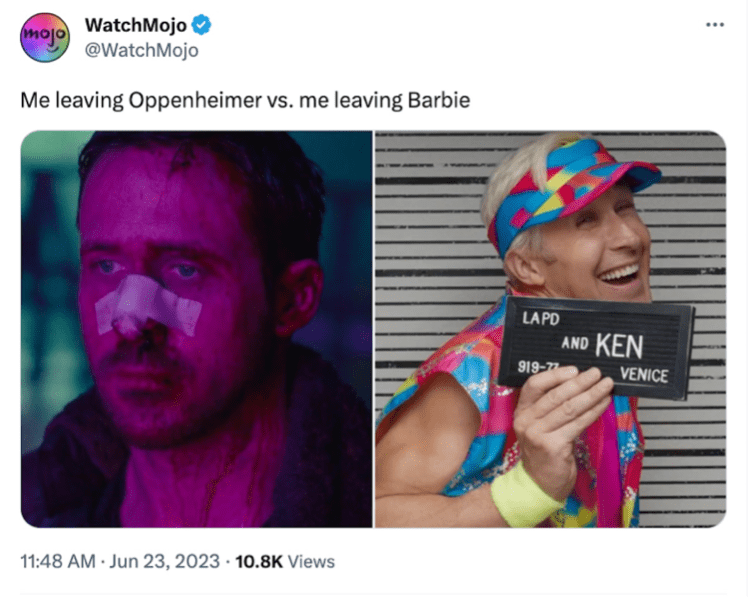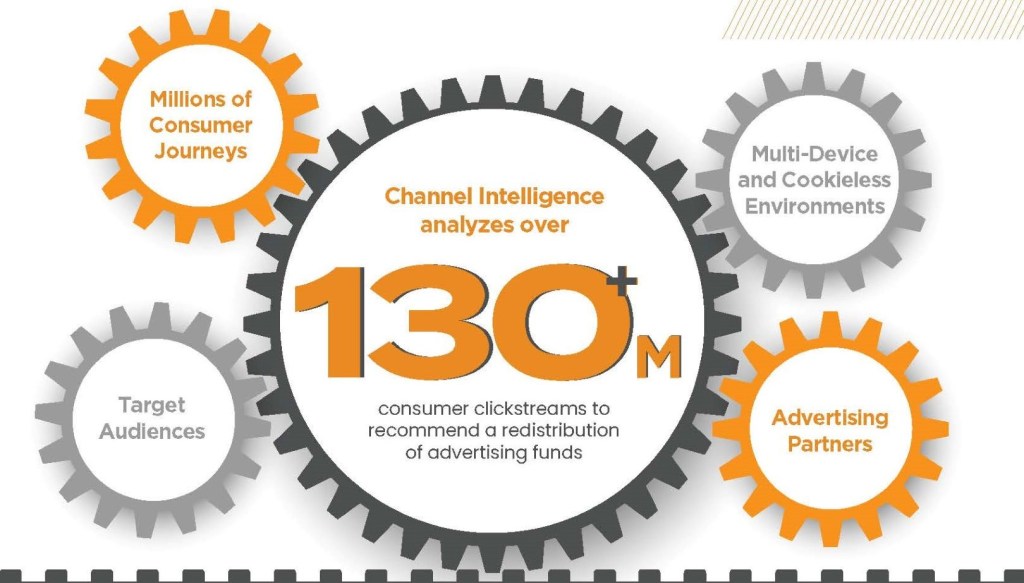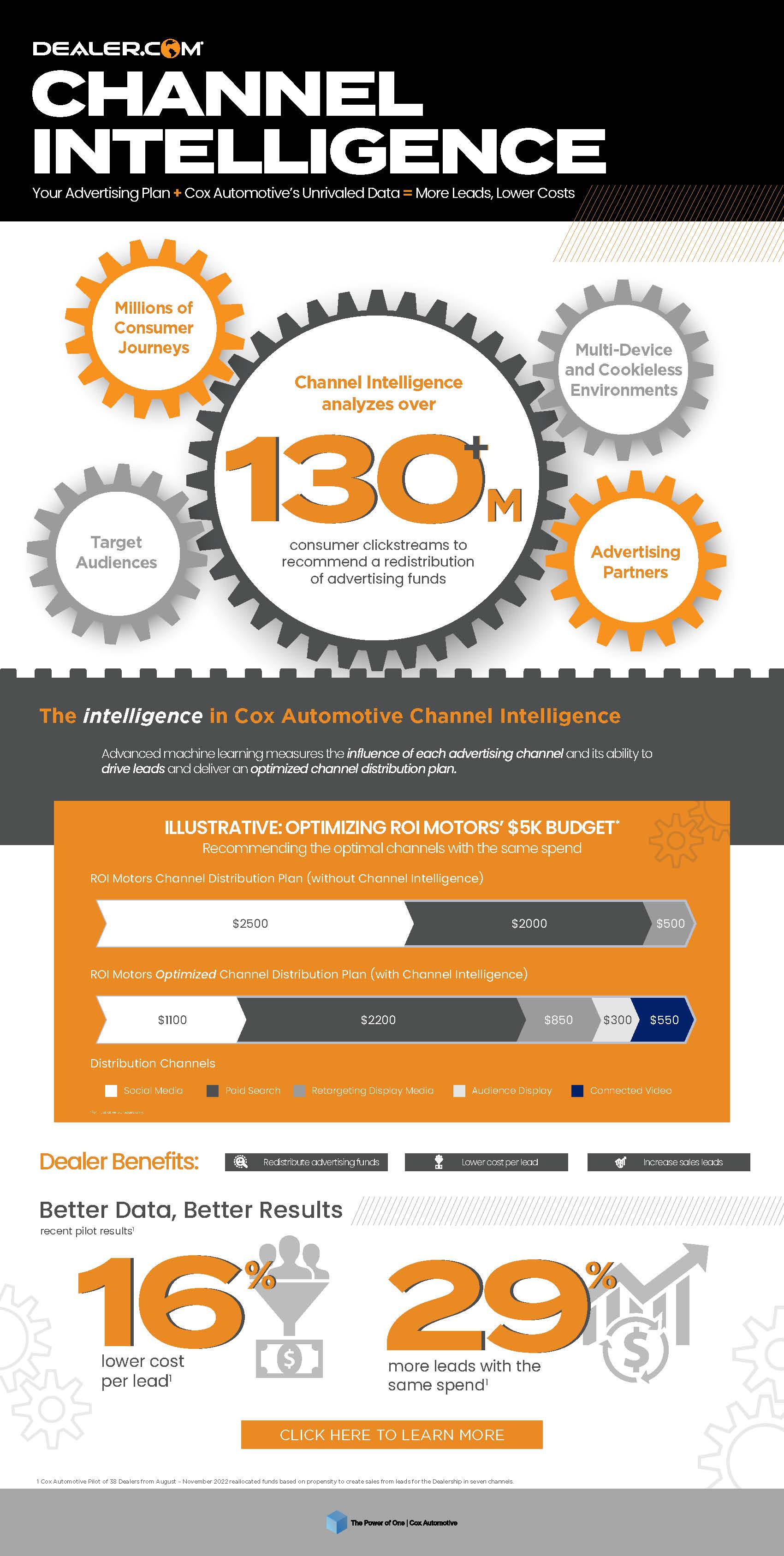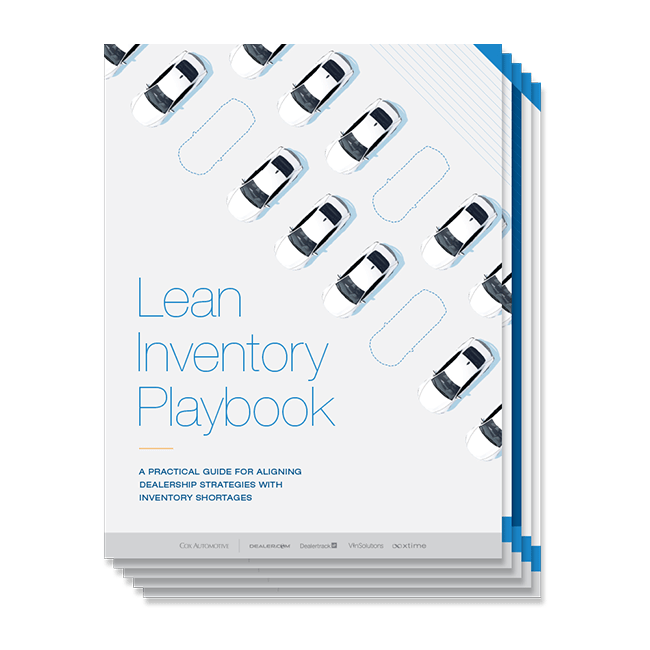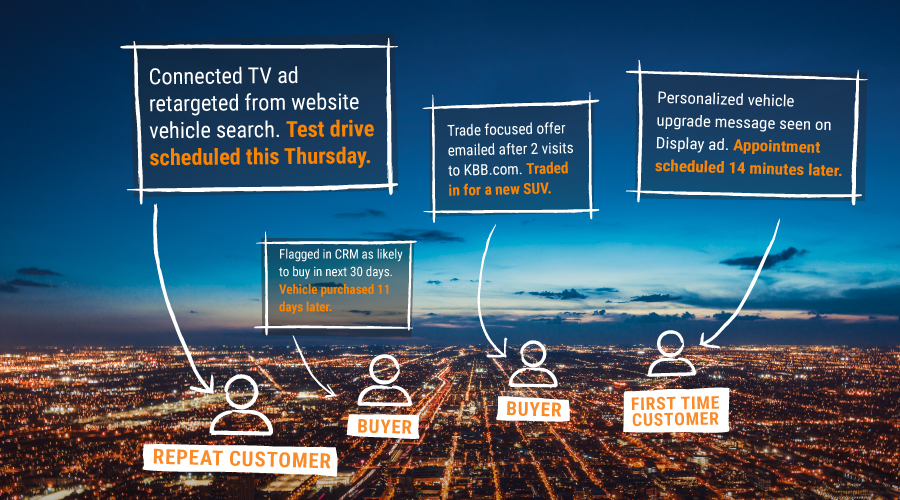Introduction
The right automotive marketing strategies can boost your business’s profitability. Marketing automation has become essential for reaching shoppers, nurturing leads, and driving sales—but the real opportunity lies in using these tools to their fullest potential. Increasingly, AI is helping marketers unlock new levels of efficiency and effectiveness.
Connect Your Digital Marketing Solutions to Your Marketing Strategy
Failing to fully integrate your digital marketing solutions with your overall strategy can spell disaster. A disjointed approach risks missed opportunities and crippling inefficiencies. Don’t let your business fall behind—ensure seamless integration now.
- Align Goals and Metrics: Ensure that your digital marketing KPIs are in sync with your overall business objectives. This alignment helps in tracking performance and making data-driven decisions.
- Unified Platforms: Use unified marketing platforms that bring together various digital tools such as CRM systems, email marketing, and social media management. This will allow for a more cohesive strategy.
- Cross-Department Collaboration: Encourage collaboration between your marketing, sales, and service departments. For instance, integrating fixed operations into your digital strategy can significantly boost profitability, as highlighted in the DDC Managed Services document.
- Support the Process with AI: By analyzing data from multiple sources, AI and automation help you identify patterns and preferences to inform your messaging and timing.
Connect Consumer Behavior Using Data
Understanding consumer behavior is the key to personalization, and AI makes it scalable. Here’s how you can do it:
- Data Activation: Use data to deliver personalized ads, emails, and website experiences. AI enables real-time customization based on individual shopper behavior, preferences and intent.
- Behavioral Insights: According to the 2024 Cox Automotive Car Buyer Journey Research Summary, consumers are eager to do more online. Use these insights to enhance your online presence and provide a seamless experience that meets consumer expectations.
- Predictive Analytics: Employ predictive analytics to anticipate consumer needs and behaviors. This can help in crafting more effective marketing messages and offers.
Turn Your Data and Insights into Actions
Data and insights are only valuable if they lead to actionable strategies. Here’s how to turn your data into impactful actions:
- Real-Time Decision Making: AI tools enable dynamic adjustments, such as refining audience segments, updating creative and reallocating budget instantly.
- A/B Testing: Continuously test different strategies to see what works best. This iterative approach can lead to significant improvements in your marketing efforts.
- Performance Metrics: Track key performance metrics to evaluate the success of your campaigns. Use this data to refine and optimize your strategies continually.
Build Trust and Transparency Through Data-Based Decisions and AI
Building trust and transparency with your audience is essential, especially when leveraging advanced technologies like AI. Here’s how you can achieve this:
- Transparent Communication: Be clear about how you use consumer data. Transparency builds trust and fosters a positive relationship with your audience.
- AI-Powered Personalization: Use AI to create personalized experiences that feel genuine and tailored. This can significantly enhance customer satisfaction and loyalty.
- Ethical AI Practices: Ensure that your AI practices are ethical and unbiased. This will not only build trust but also enhance your brand’s reputation.
Conclusion
Unlocking the profit potential in your marketing automation is not just about implementing the latest technologies; it’s about creating a cohesive, data-driven strategy that aligns with your overall business goals. By connecting your digital marketing solutions to your marketing strategy, leveraging consumer behavior data, turning insights into actions, and building trust through transparency and AI, you can transform your marketing efforts and achieve unparalleled success. As AI continues to evolve, it will offer even more ways to streamline operations, personalize experiences, and drive profitability.
Ready to take your marketing automation to the next level? Explore how AI-powered tools can help your dealership deliver smarter campaigns, deeper personalization, and measurable results. Watch our Bridging the Gap series
Sources: https://www.coxautoinc.com/news/2022-car-buyer-journey-study/


